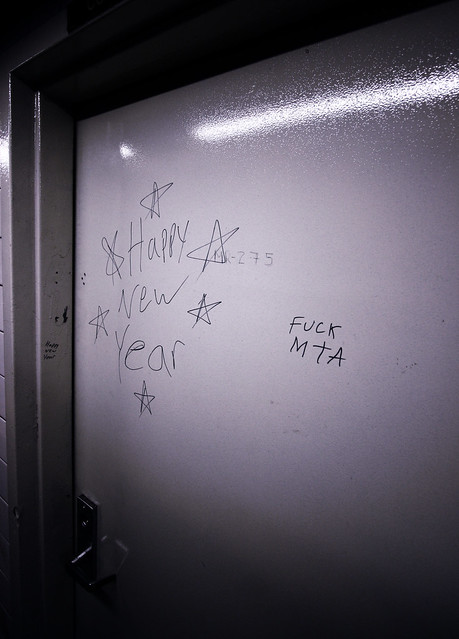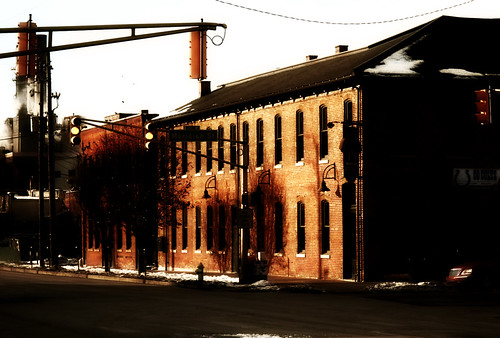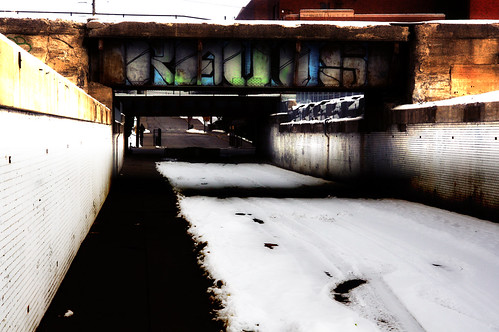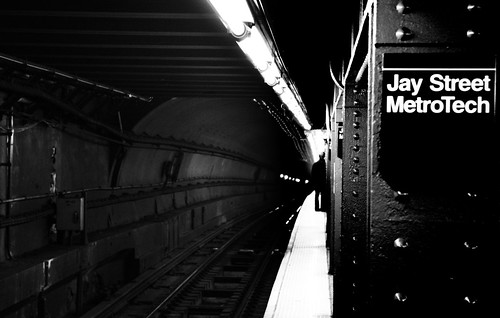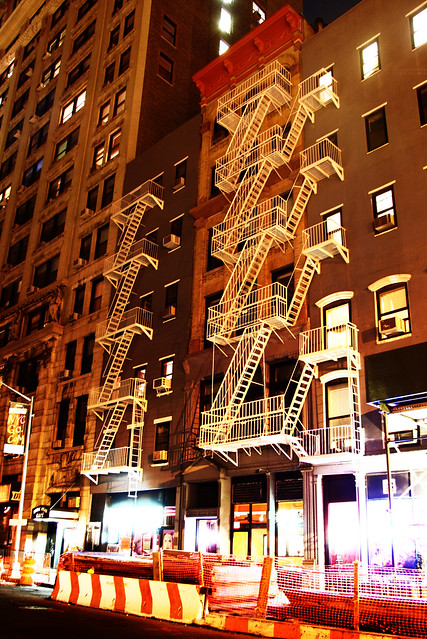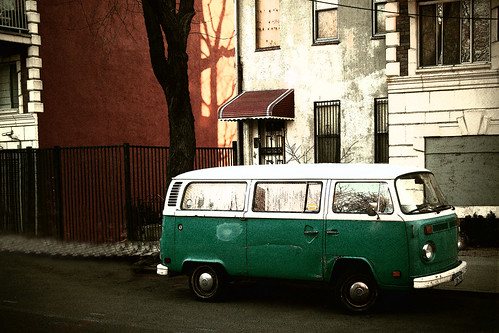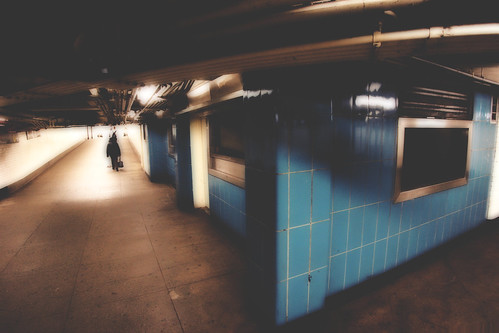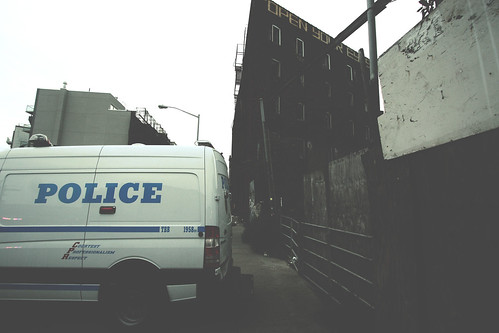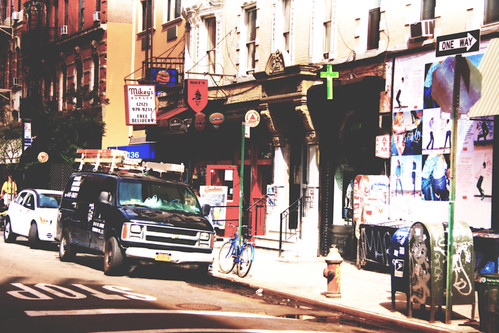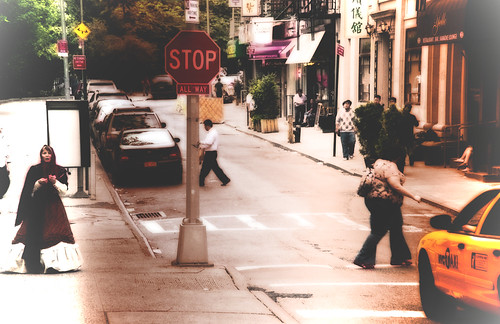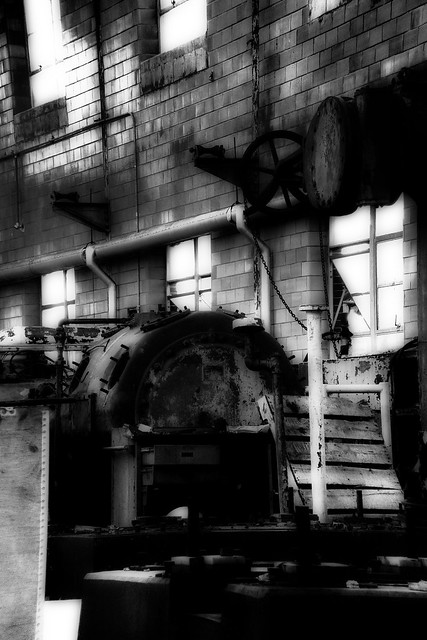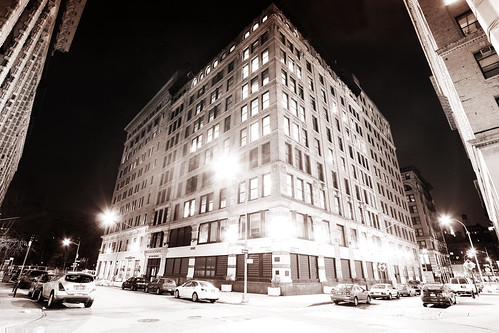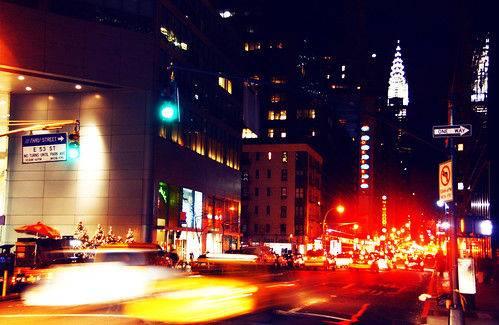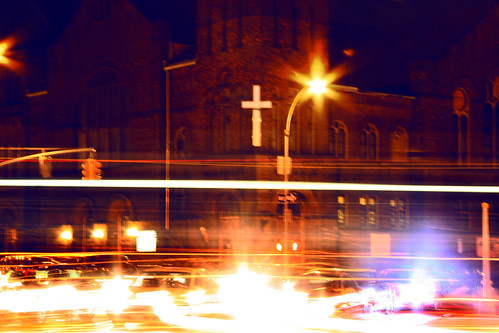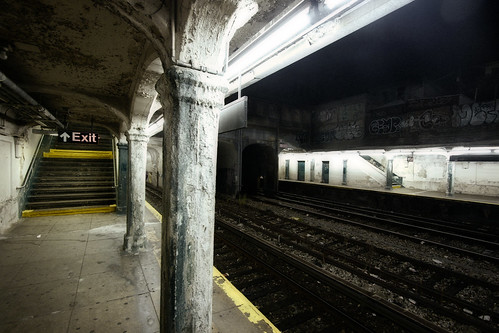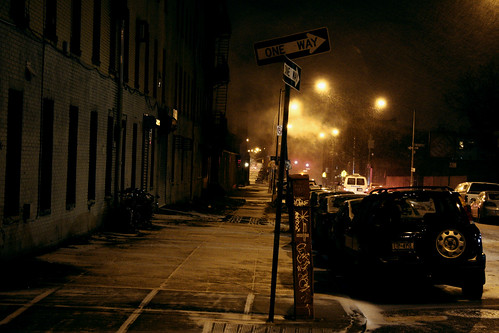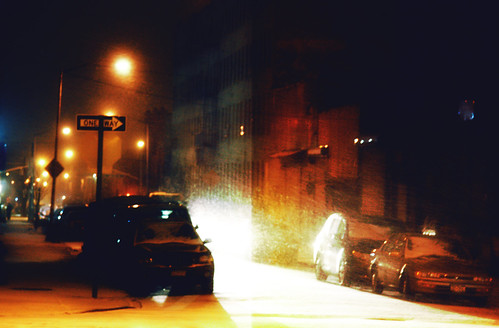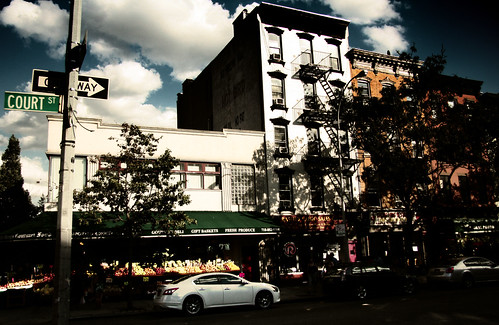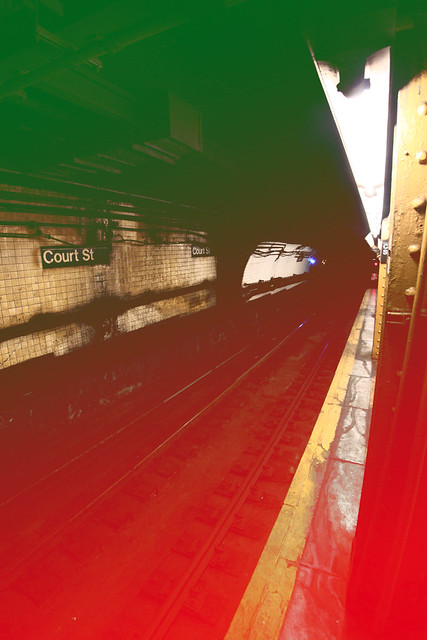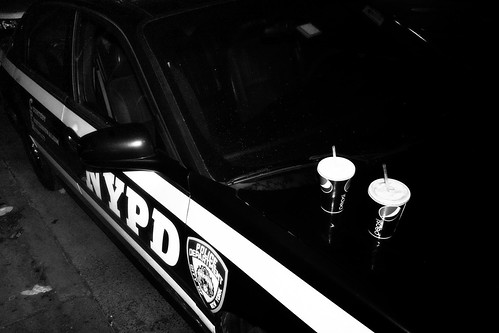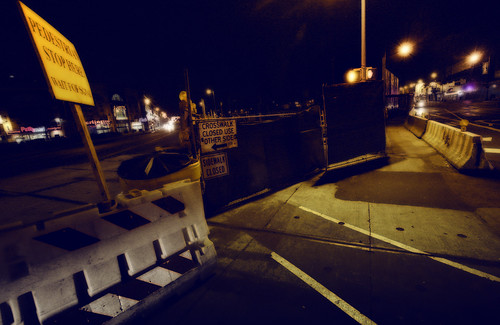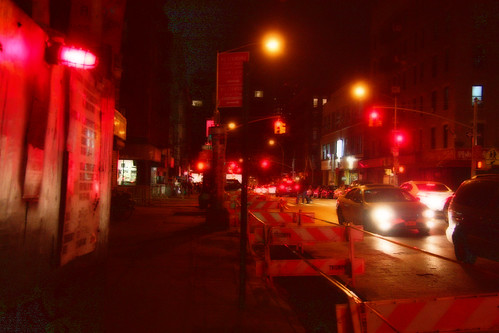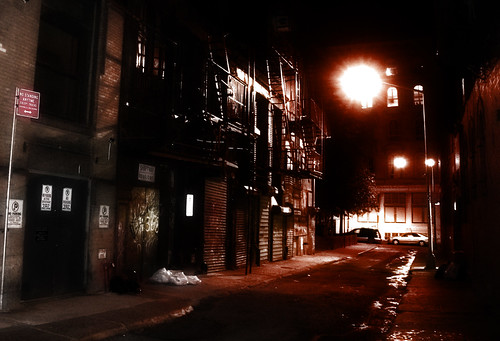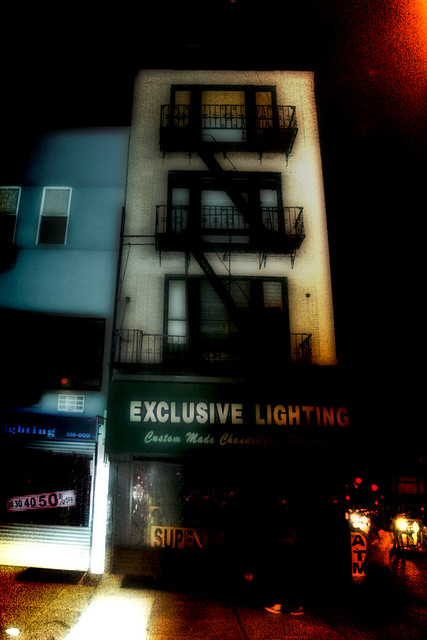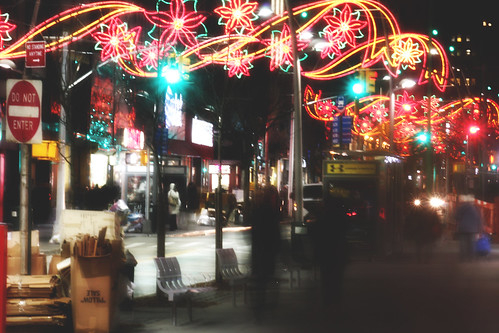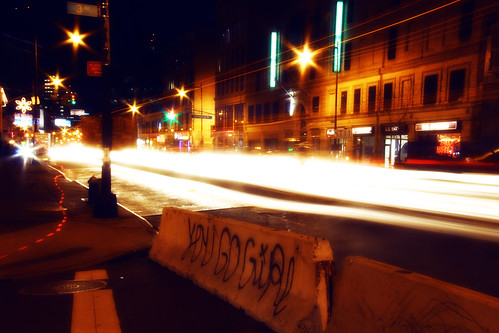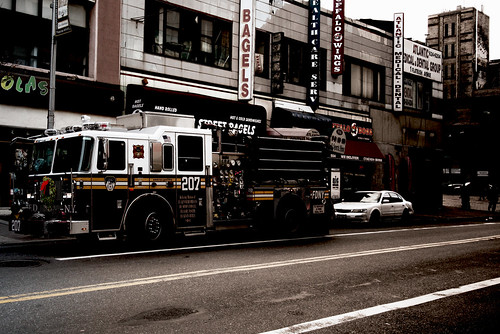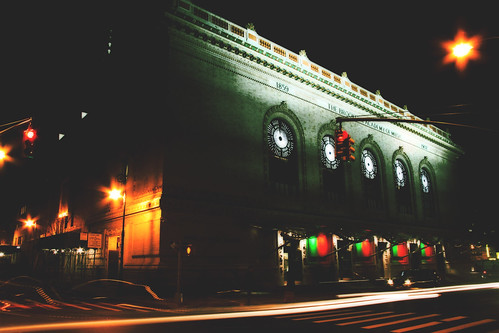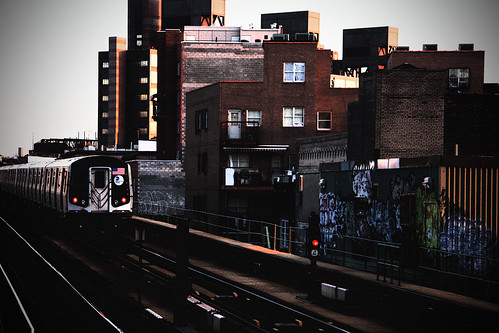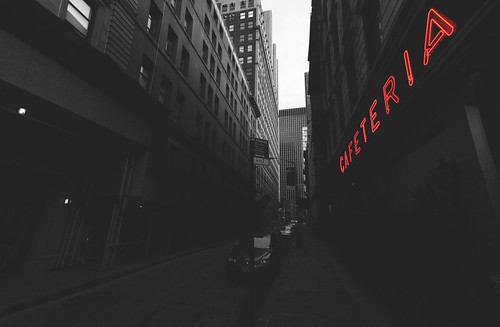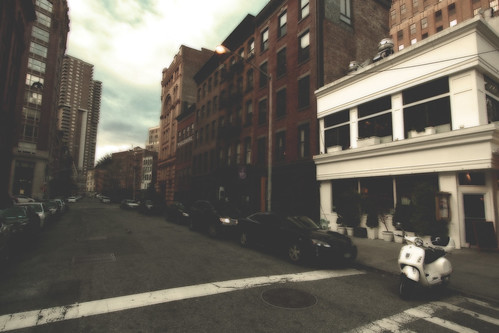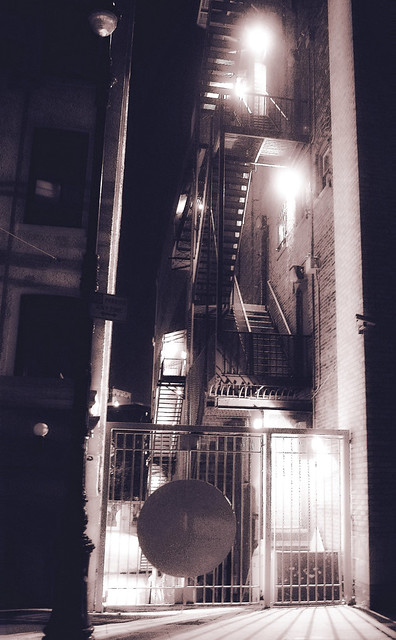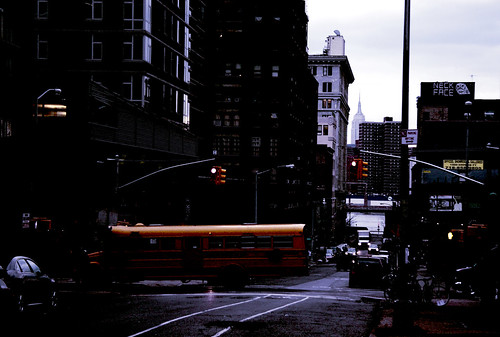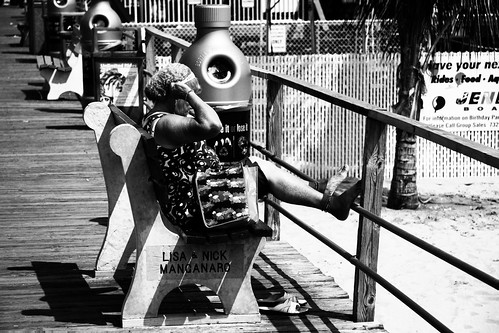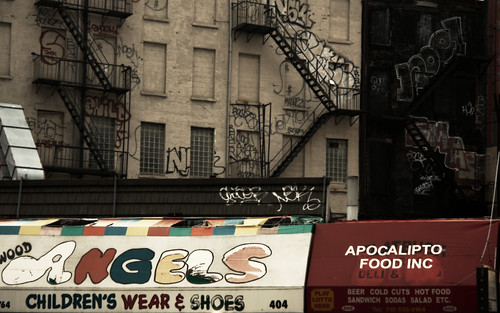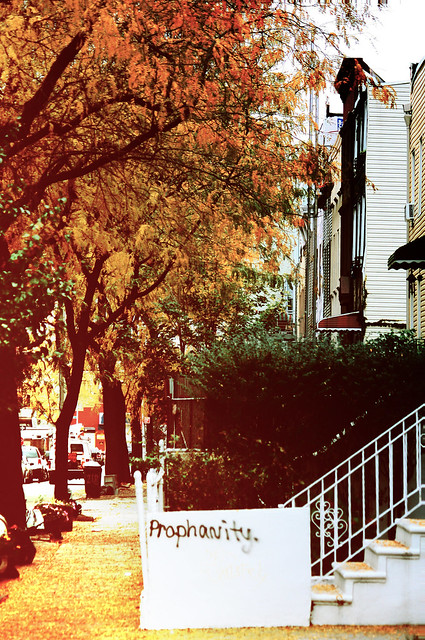Hey what do you know, another post with a title stolen from a moviee. What can I say, I recently watched the movie Night Shift; remember that one? Its the one where city morgue workers Michael Keaton and Henry Winkler become pimps.
I like to do my shooting, not just at night, but late night. Perhaps I shouldn't and common sense dictates in many aspects why I shouldn't be taking my moderately priced camera equipment out into the far reaching facets of the urban abyss at 3AM. Well, I'll be the first to admit that common sense has alluded me since I was a wee little, pint size Heidelberger. There are practical reasons why I prefer to do so as well. Night time aesthetics, reduced pedestrian and automobile traffic, and overall tranquility to facilitate focus all play a role. Contrary to what my photographic exploits may say, I do have a set of rules in which aid me to be able to survive to shoot another night. Here are 10 disciplines of the nighthawk urban photographer...
(Shot at the corner of Union and Broadway in Williamsburg, Brooklyn)
1. Be conscious of law enforcement and how you may look to them while going about your business. Late night photography is not a crime unless you are trespassing or specifically invading someone's privacy. But cops tend to be extremely curious by trade and someone setting up a tripod to photograph a fire hydrant or something could be considered behavior that is out of the ordinarily. On top of this, some of them may have had a rough night and are pissed off because someone littered on their car and may not want to listen to your story.
(Taken in the Meat Packing District of Manhattan)
2. Have a plan to defend yourself if required. I'm not suggesting you go around packing, but with a little creativity, anything can be practically made into a weapon. If you notice in the shot above, that is a shadow of my tripod, which happens to be my weapon of choice. I have a backpack mounted camera bag with a Velcro loop that holds my tripod (or sometimes a monopod). I have a strategy for quickly releasing tripod and delivering an incapacitating blow. This may sound somewhat over elaborate and even hyperbolic, but I have had to warn someone off before and a would be attacker tends to be much more timid than you think when you demonstrate that you won't make for an easy 'mark'.
(Taken under the Gowanus Expressway in Red Hook, Brooklyn)
3. This may be the most important tip of all; watch for inattentive drivers! As easy as it is to become complacent watching out for them, it is just as easy for an exhausted or inebriated driver to become complacent watching out for you.
(Taken at the base of the Gowanus Canal, near the Gowanus/New York Bay)
4. Resist the temptation to jump fences or to trespass in other ways. I love to explore my built environment, but very rarely burgle to do so. Fences are not cheap, which means people wouldn't erect them for the sake or just having them around; they're there for a reason. Not only can it get you into legal trouble (which I've been close to achieving myself), but if you aren't familiar with your surroundings, you can end up in really foul places (take my word for that one as well), get seriously injured, or worse. I leave the clandestine missions to the Urbex scene now a days, whom are much more qualified than yours truly.
(Taken at the corner of Atlantic and Flatbush, at the Atlantic Yards project in Prospect Heights, Brooklyn)
5. Pack light...It can be very tempting to bring along every lens, filter, and flash unit in your repertoire so you won't suffer the humiliating 'damn, this shot would have been much better if I would have had my f/1.8 50mm prime lens with me' feeling. Under regular circumstances, you can size up your shot, shuffle through your camera bag and orchestrate photographic perfection, but its best not to linger in one place too long with late night shoots. It weighs you down, makes people and law enforcement suspicious, and remember what I said about appearing as an easy 'mark'.
(Fulton Mall in Downtown Brooklyn)
6. I titled this shot 'Fiber optics on Fulton' on Flickr, which leads me to quite possibly the most obvious tip, a well functioning communications infrastructure. I have a cheap, Blackberry knockoff cell phone, but its still equipped with some valuable tools aside from the ability to make calls. It has GPS and navigational functionality which aids in locating and geotagging shots for later, a memo pad for taking down observations of a photo shoot, and when if I'm desperate, a 1.3 mega pixel camera. New cameras are now being equipped with GPS, but I am not yet that modern.
(Taken on Spring Street near The Bowery and SoHo, Manhattan)
7. Know the Party Zones. If you don't, not only do you run the risk of being caught among annoying tourists, but, drunk, annoying tourists. Inebriated party-people have a tendency to interrupt you frequently as you shoot; usually with requests to have their picture taken while they pose in some undignified fashion or ask stupid questions like 'do you work for the NY Times?' or even 'You a photographer?'.
(Taken in a Chinatown alleyway near Canal Street, Manhattan)
8. Alleyways are actually friendly. Believe it or not, they are. They are usually quiet, empty, and contrary to popular belief, adequately lit. Unlike a sidewalk where many things may be occurring at the same time, making it difficult to size up a situation, an alleyway tends to be calm and suspicious activity can be much more readily spotted. If they are not properly lit (rendering photography pointless) or appear to have suspicious characters lurking, avoid it...That simple.
(Taken at the corner of Delancey and Bowery on the Lower East Side, Manhattan)
9. Fear not the grain and light noise. Signs, light poles, hydrants, etc all make decent makeshift tripods when caught without one. You may have to up the iso and shutter settings of your camera to accomplish this, and you may come out with a shot that is grainier than you prefer, but remember, grainy and gritty shots also have an aesthetic appeal all their own. I certainly hope the lighting sold at the shop pictured above is better than what I had to work with here.
(From the streets of East Harlem)
10. Know when to quit. At one point, your creative strength will wane for the night and if you don't recognize this, you will be burdened with a bunch of spoiled shots, which will become apparent when you begin to process or develop them. When you recognize this feeling, that's when its time to take it on down to the closest 24 hour diner and finish a job well done with something greasy, sweet, or caffeinated (your choice).
